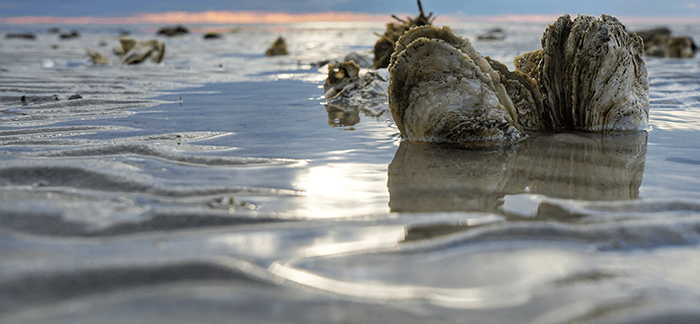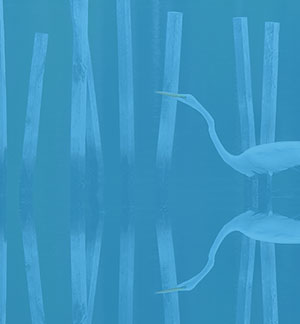The Virginia Department of Conservation and Recreation this month released a new map that identifies potential habitats of native freshwater mussels, the most imperiled group of animals.
Virginians can check the map to see which species of mussels might be in their local river or stream. Natural resource agencies and organizations can use it to prioritize restoration work where it could help save these at-risk mollusks.
Efforts to protect and restore habitats for freshwater mussels, which serve a critical function in filtering water, have been gaining momentum in the Chesapeake Bay watershed and across Virginia.
Biodiversity data specialists at the Virginia Natural Heritage Program at DCR created a mussel richness map of hotspots where planting native trees and plants along streams and implementing agricultural best management practices could have the biggest benefit for clean water and mussel habitat. Existing forests that are important for the quality of water associated with significant mussel diversity may be targeted for conservation.
The map is part of a project funded by a grant to the Chesapeake Bay Foundation.
Nineteen mussel species occur in the Chesapeake Bay watershed of Virginia. The map shows where and how many mussel species habitats may be found in various rivers and streams. To view the map, visit the Natural Heritage Data Explorer and select the “Potential Freshwater Mussel Richness” layer.
“Sixty-six percent of mussel species are at risk due to habitat alteration, pollution, and invasive species,” said Joe Weber, chief of biodiversity information and conservation tools for the Virginia Natural Heritage Program. “Freshwater mussels perform vital ecosystem services and functions, including helping to purify water for humans and wildlife, and they are key components of diverse and resilient freshwater systems.”
“Freshwater mussels represent a rich natural resource that there’s still so much for us to learn about,” said Dr. Joe Wood, CBF’s Virginia senior scientist. “This effort represents a significant step toward helping us understand, protect and restore freshwater mussel populations and foster investment in these imperiled species. It provides a pragmatic tool to prioritize restoration in areas that would have the biggest impact for ensuring these vital species don’t decline or go extinct. This will improve the effectiveness of future restoration efforts to protect Virginia’s streams and rivers and ensure these valuable creatures inhabit our waterways for generations to come.”
The map and comprehensive Chesapeake Bay-wide mussel restoration planning initiative for the Virginia Chesapeake Bay Watershed are supported by a grant to CBF from the Chesapeake Watershed Investments in Landscape Defense program, or Chesapeake WILD, which is administered by the National Fish and Wildlife Foundation.

Virginia Communications & Media Relations Manager, CBF
[email protected]
804-258-1567


